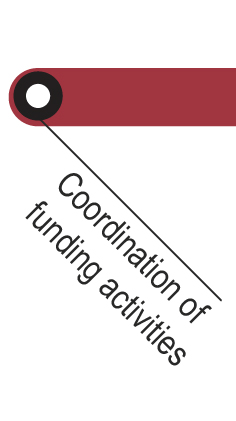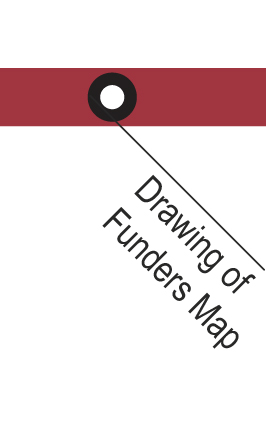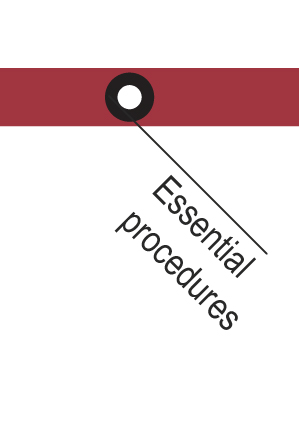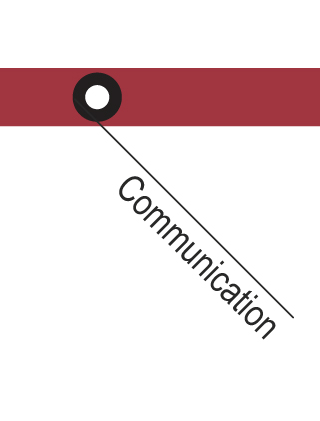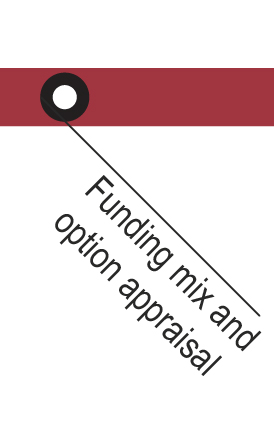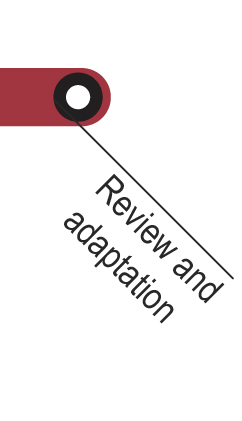 Specific skills for COMMUNICATING AND BUILDING RELATIONSHIPS are needed to ensure that the aspirations of a project, the funding needs and the added value of its projects are communicated to best effect. This is particularly relevant in a funding context, when one or several projects need to attract interest and 'buy-in' from those in decision making positions.
Specific skills for COMMUNICATING AND BUILDING RELATIONSHIPS are needed to ensure that the aspirations of a project, the funding needs and the added value of its projects are communicated to best effect. This is particularly relevant in a funding context, when one or several projects need to attract interest and 'buy-in' from those in decision making positions.
The aim of communicating well with stakeholders, decision makers and funders is to gain their support and to convince them about the great value of your project/s.
More importantly, you will need to demonstrate to them how well your plan/project/s will be able to contribute to their aspirations and agendas. If you can demonstrate that your project will help achieve their aims, it is most likely that they will listen to you. This might be a senior manager in your organisation, a local politician, funder or any other relevant decision maker.
Therefore, excellent presentation, pitching, lobbying and influencing skills are of utmost importance to 'sell' the project well.
 This task consists of a set of hyperlinks to tools to help improve communication, lobbying and influencing skills.
This task consists of a set of hyperlinks to tools to help improve communication, lobbying and influencing skills.
Who is the tool for? | When should the tool be used? |
Those responsible for in-house and external communication and those who are communicating with funders, partners, senior staff, politicians and stakeholders. | From the outset of project planning process. A range of relevant communication tools and techniques should be practiced frequently. |
Click on the stations to navigate through the Strategy line!
Key challenges of the step
- Delivering succinct, clear, interesting and engaging summaries of the overall plan and its projects is a key challenge. The level of communication skills needs to be high and comprehensive to be as effective as possible when it comes to attracting interest and funding.
- A further challenge is the identification of the most appropriate contact to communicate with so that a good lobbying pitch of the project is not done in vain.
- With some funders, direct contact is not possible. In many cases, questions about the application process can only be fielded by email and is then usually disseminated to all bidders. Any advantage of communicating and seeking to impress the funder with a unique project idea is thereby eliminated.
Main risks
- One of the key risks of not communicating well with funders and other stakeholders is to lose out on funding opportunities.
- A further risk of not communicating well is losing out on gaining insights into current developments, obtaining hints and tips, and signpostings to potential new opportunities for funding from other stakeholders, decision makers or funders.
Helpful tips
- Communicating well and maintaining good relations with other organisations helps in spotting funding opportunities. Through sharing and acquiring information about new funding opportunities, new potentials for project mergers or new partnership arrangements can emerge. Networking and keeping in regular contact with stakeholders is therefore of key importance.
- Communication should work both ways: to inform others about your plans and experiences and to learn from others about new funding sources or approaches in funding. Continuous attention to identifying opportunities; learning from others, checking Good Practices in all areas of funding through networking is therefore highly recommended.
- A very effective approach in lobbying and influencing decisions is when you can show how much your plan or project can contribute to the aims and objectives of the decision maker or funder. They will be much more inclined to listen to you, if they think that your project will help them in achieving their own aims.
- Consider to train your whole team in communication skills. Communication is key for good collaboration in-house and with external stakeholders.

